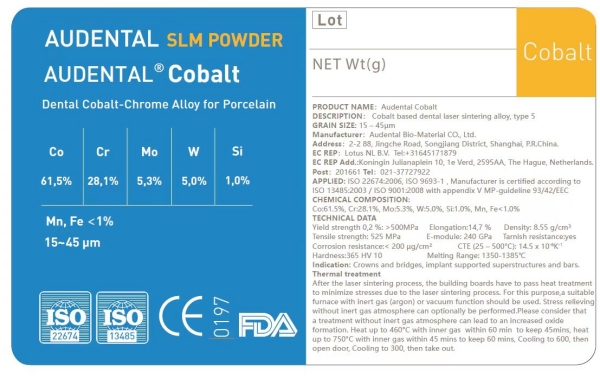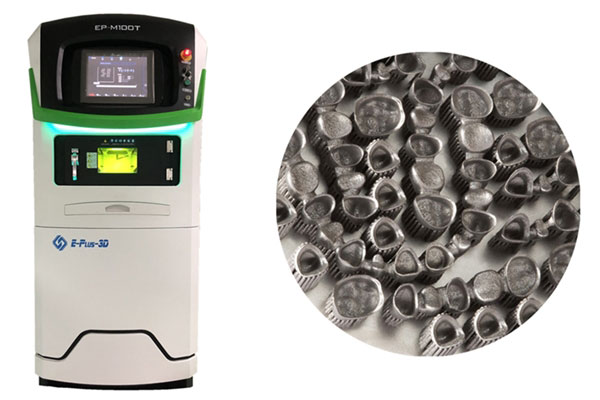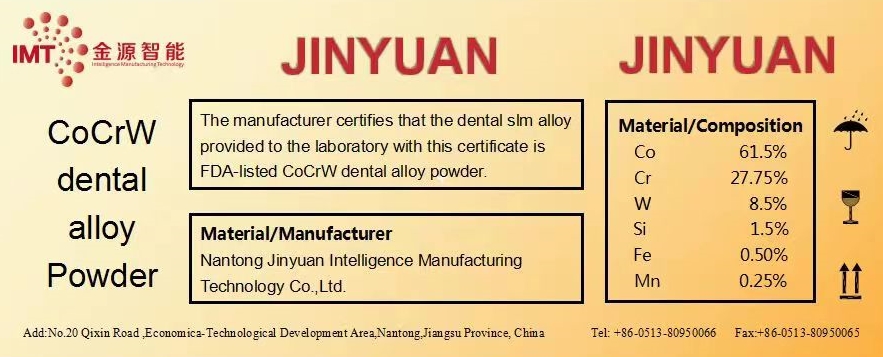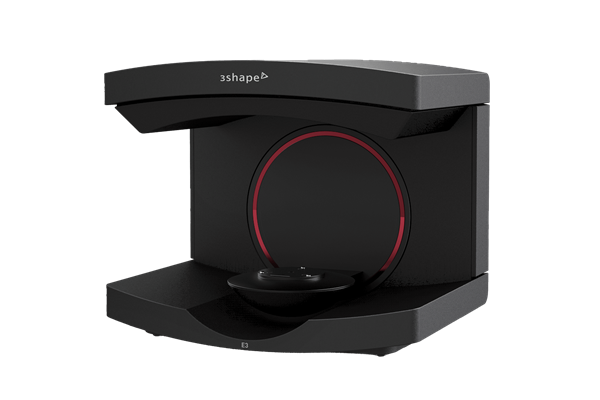Full Metal Crown dental lab from China
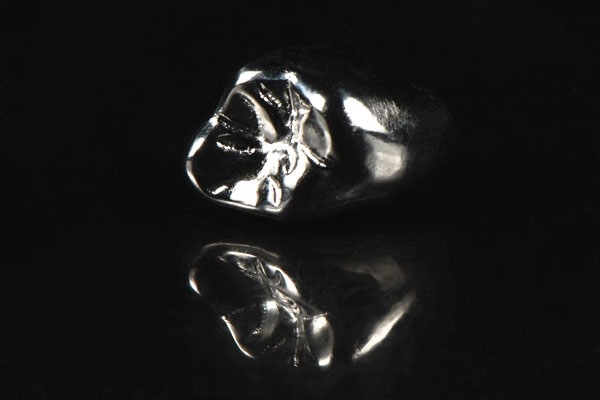
Robust Full Metal Cast
A full metal crown is completely made of metal. A non-precious full metal crown is the most cost-effective of all kinds. Actually, we do not see many full metal crowns for now, but it was one of the most common types of posterior crown restorations.
Because it is made of metal only, it is often used when the patient doesn’t mind the metal appearance or aesthetics are not a factor. However, it can overcome the intense occlusal force and prevent the crown or bridge from shifting.
Featured Full Metal Cast
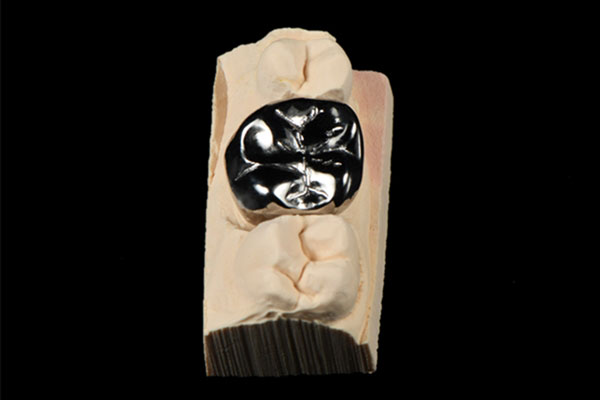
Non-precious Full metal crown
Nickle-chrome and Cobalt-chrome are 2 types of non-precious metal used for non-precious full metal crowns. In Robust dental lab, we only use Cobalt-chrome metal for all non-precious full metal crowns. They are the most cost-effective and durable crown type, but many patients are allergic to non-precious metal.
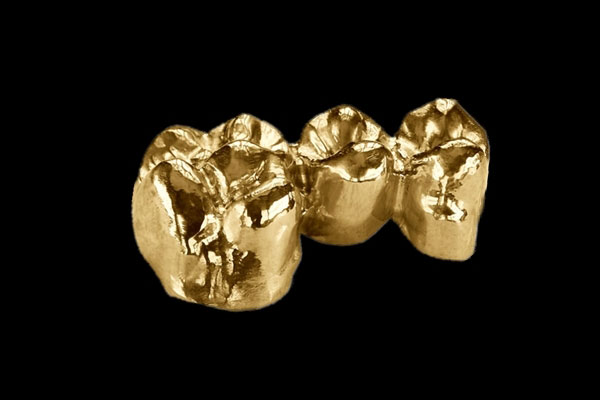
Full gold crown
A full gold crown contains high amount of gold alloy. People like it, because it is basically allergy-free. However, most people love its yellowish color. People, including young and old, choose it for both front teeth and back teeth. For them, having gold crowns is pretty cool.
Robust Full Metal Crown Specification
| Product: | Full metal crowns/ Bridges |
| Non-precious FMC metal (Co-Cr): | JinYuan/ Audental from China (FDA/ CE certified) |
| Full gold crown metal (Au40%): | Audental from China (FDA/ CE certified) |
| Way of manufacturing: | Metal printing/ Casting |
| Design software: | 3Shape |
| Our scanning device: | 3Shape |
| Warranty: | 5 years |
Full Metal Crown Dental Lab Equipment & Material
Full Metal Casting FAQ Guide
1. How many metal alloys are used in full metal crowns?
- Advanced alloys (gold alloys).
- Non-precious metal alloys (cobalt-chromium and nickel-chromium).
Details are as follows:
Full Gold Crowns are made from a single piece of alloy. Although commonly referred to as “gold” crowns, these crowns are actually composed of many different types of metallic elements, including but not limited to: gold, platinum, palladium, silver, copper, and tin. The first four elements listed are precious metals, and the last two are base metals. Full golden crowns are of better quality when they are high in noble makeup. According to the American Dental Association, all-gold crown alloys can only be labeled as premium crowns if they contain at least 60 percent precious metal, of which at least 40 percent must be gold.
2. What are the benefits of full gold crowns?
While several factors make full cast gold crowns a good choice, some of the main advantages are as follows:
- The biggest benefit of using gold restorations is their longevity and reliability. No other dental restoration has such durability.
- The good strength of the gold alloy ensures that it will not be damaged or broken by chewing force. This makes it perfect for the back teeth, both molars and premolars.
- Its basic flexibility of gold alloy will not harm the opposing teeth like porcelain, which means there will be no wear and tear.
- In addition, it conforms to the edges more accurately, making it the most suitable material for dental restorations.
- Another advantage is that it is biocompatible, unlike other metal crowns. This includes no discoloration or oxidation. Also, it is least likely to cause inflammation of the gums or allergic reactions.
- Gold crowns do not absorb fluids and are not prone to plaque buildup.
- The expansion coefficient of gold dental restorations is the same as the tooth structure. In other words, it expands and contracts like natural teeth when stimulated by hot and cold food and drink. So it won’t crack or chip.
- An all-gold cast crown does not need to be very thick because of its tensile strength. Therefore, it does not require excessive reduction and preparation of teeth, allowing the dentist to retain more of the original teeth.
3. What are the advantages of non-precious metal crowns?
Non-precious full metal crowns, typically made of base metal alloys like cobalt-chromium and nickel-chromium, offer several advantages:
- Non-precious full metal crowns are extremely unlikely to break or fail and can withstand heavy biting forces, making them suitable for molars and areas requiring robust support.
- These crowns are generally more affordable compared to precious metal options like gold crowns.
- They require less removal of tooth structure compared to other crown types, preserving more of the natural tooth.
- They are resistant to wear and corrosion, providing long-lasting functionality.
4. What are the disadvantages of full metal crowns?
Certainly, full metal crowns have a few drawbacks:
- Their metallic appearance can be less desirable, especially for front teeth or visible areas of the mouth. This might impact the smile’s aesthetics.
- Full gold crowns are biocompatible, but many patients may have allergies or sensitivities to non-precious metal alloys used in full metal crowns such as cobalt-chromium and nickel-chromium.
- Metal crowns can conduct hot and cold temperatures, potentially causing sensitivity in some individuals.
- Over time, the metal at the gum line might cause a grayish hue to the surrounding gum tissue or the appearance of a dark line at the crown’s edge.
- They can be challenging to adjust or modify once placed due to their hardness, requiring special tools and expertise for any alterations.
